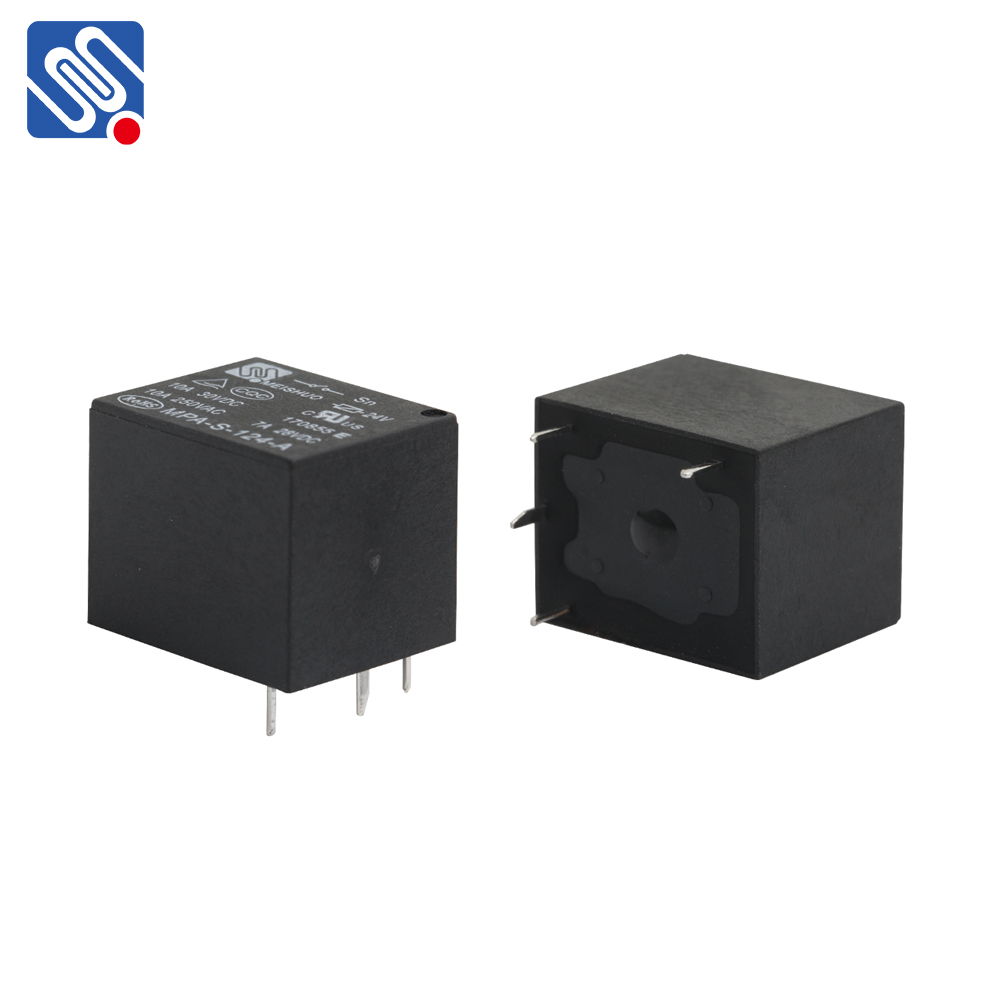relay circuit design: principles, applications, and considerations
Release time:2025-04-30 04:22:24
Relay circuits are fundamental components in modern electronics and electrical systems, enabling the control of higher power circuits using low-power signals. Relay circuit design involves creating circuits that integrate relays to switch electrical loads on and off. These designs are critical in a wide range of applications, from home automation to industrial control systems. This article explores the basic principles of relay circuit design, its applications, and key considerations for effective relay integration.

Basic Principles of Relay Circuit Design
A relay is essentially an electrically operated switch that uses an electromagnet to open or close a set of contacts. When current flows through the relay’s coil, it generates a magnetic field that either pulls or pushes a mechanical arm to change the state of the switch. The most common types of relays include electromagnetic relays, solid-state relays, and reed relays, each serving different purposes depending on the application.
The core components of a relay circuit design include:
Relay: The primary switching component, often integrated with contacts and a coil.

